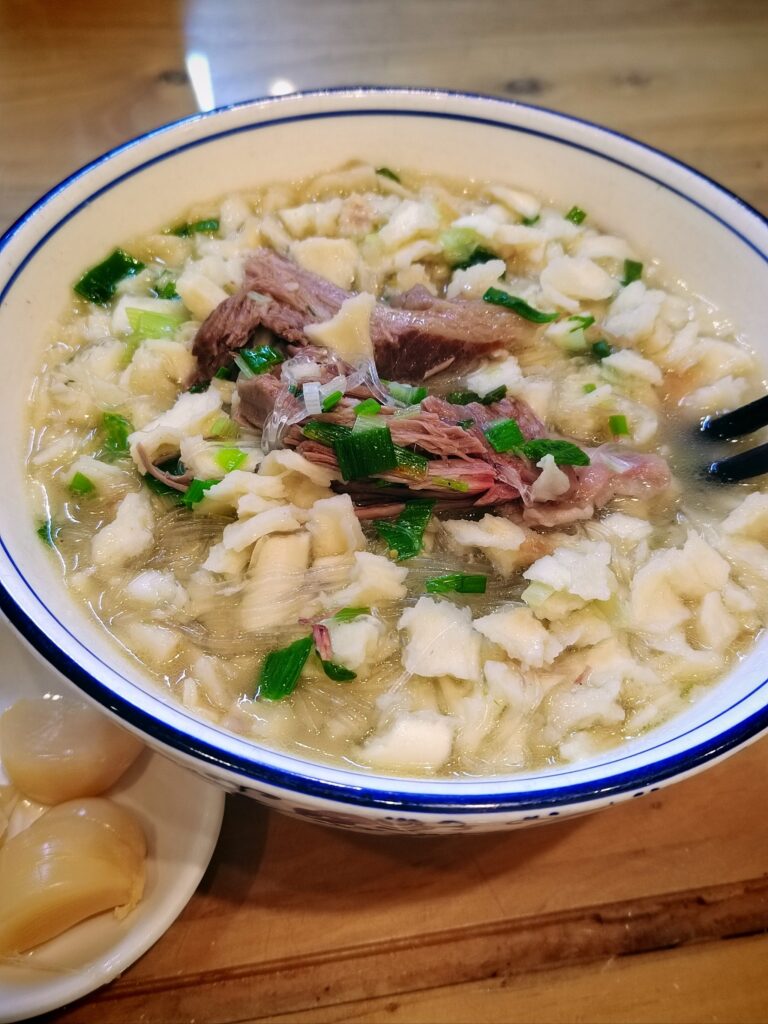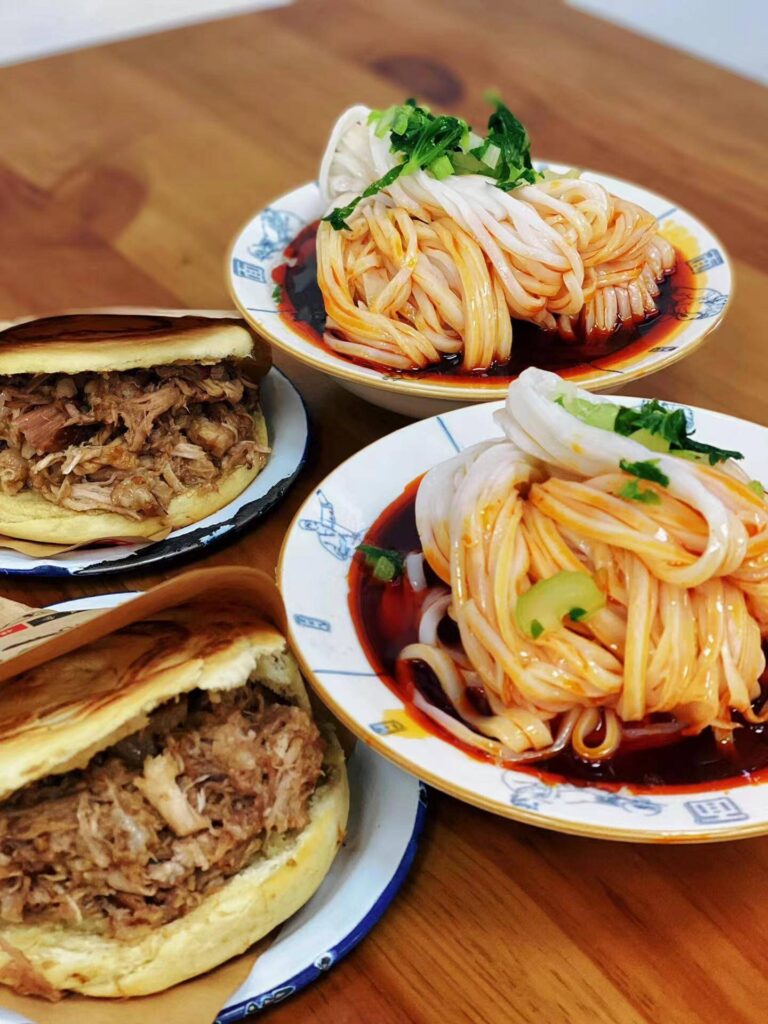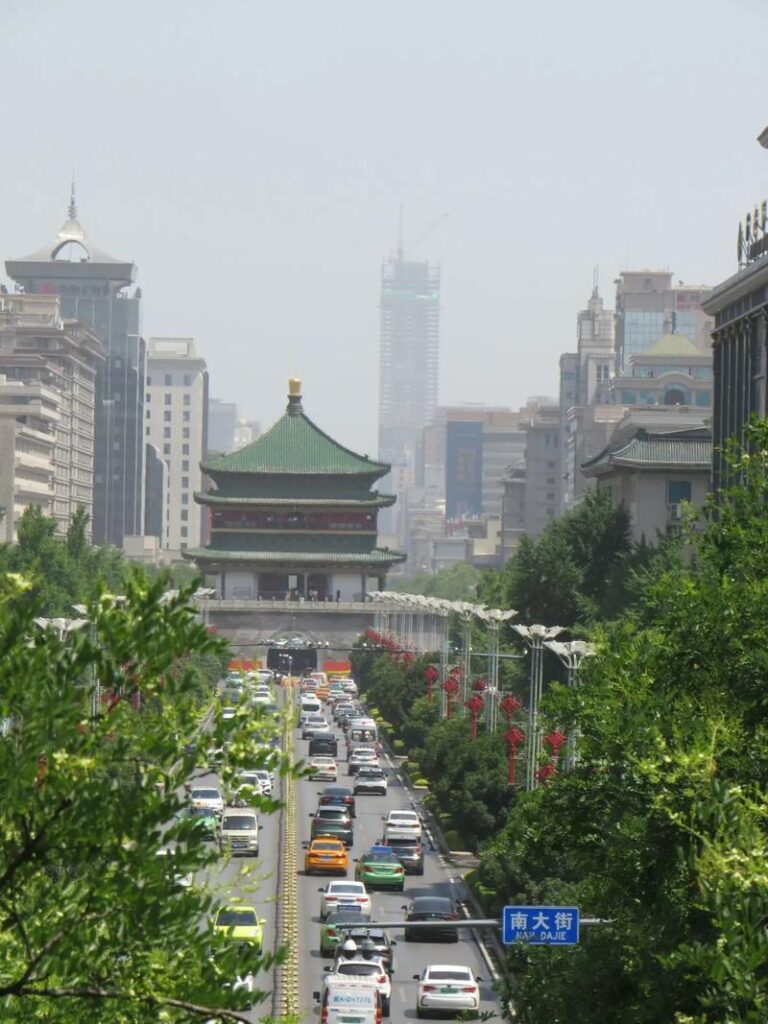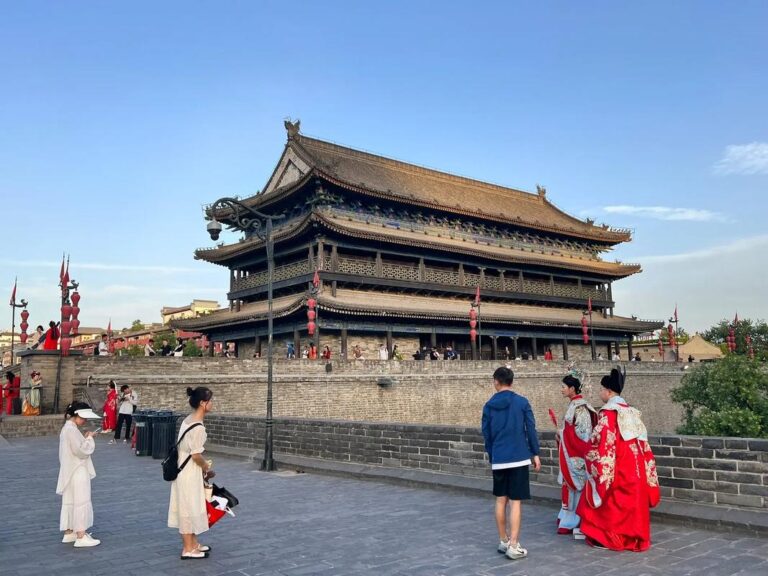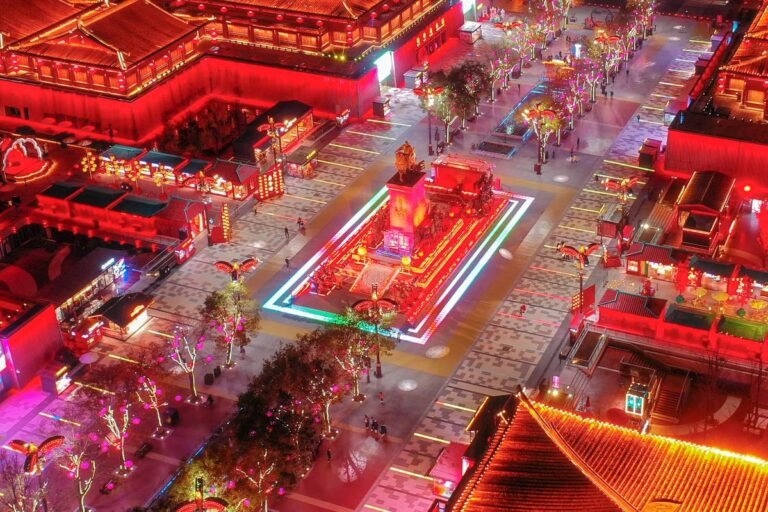Is Xian worth visiting?
Xi’an: Is it worth a visit?
As the plane touches down at Xi’an Xianyang International Airport, the moment you step out of the cabin, the dust of history seems to gently brush against your cheeks—here, an empire once firmly took root, brave warriors once prepared for battle, and the winding Silk Road once set off with pride. Xi’an, this ancient city that has layered three thousand years of history beneath its feet, is like a “time capsule” brimming with adventure, quietly hiding legends waiting to be awakened in every corner.
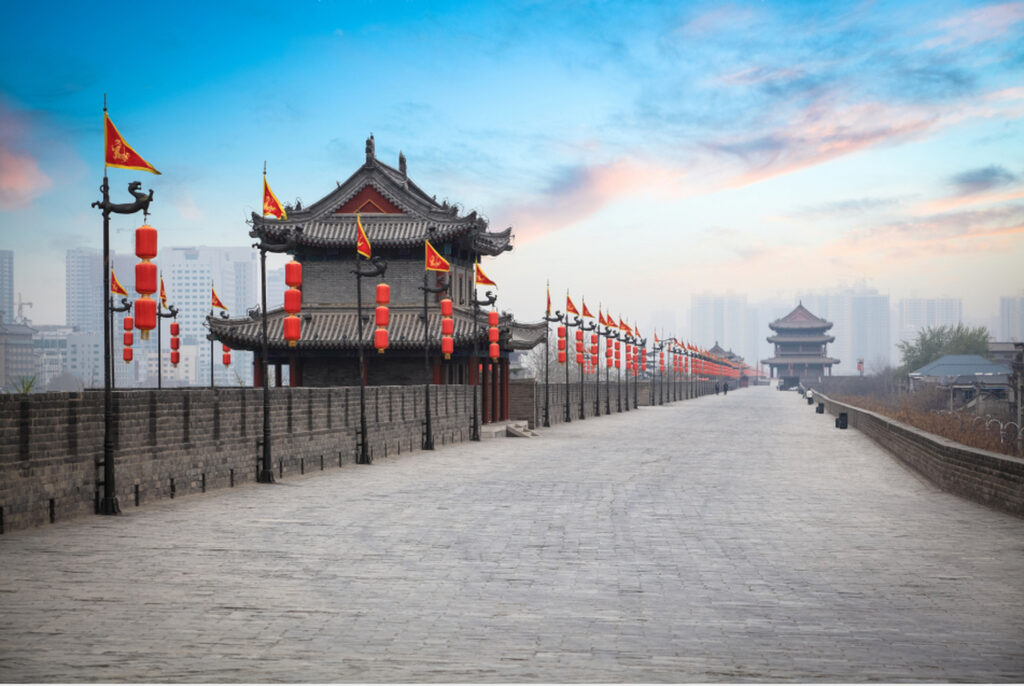
The city’s depth first comes from those silent yet majestic imperial tombs. The Terracotta Army of Emperor Qin Shi Huang has stood silently underground for over two thousand years, awakened by chance in 1974, instantly stunning the world. Standing solemnly by the pit, one is greeted by thousands of clay warriors—soldiers with solemn expressions, horses in agile postures, arranged in perfect formation like a frozen army. They silently guard the emperor who first unified China. Western scholars once marveled at it as the “Eighth Wonder of the World,” but when you stand before those faces that have endured over two millennia yet remain vividly lifelike, the silent awe is enough to render any words inadequate. Time, in this moment, seems miraculously folded.
Xi’an’s antiquity is by no means a relic locked away in a glass case for mere admiration. The Ming City Wall, standing 12 meters tall, still stands majestically, as intact as ever, like a sturdy arm guarding history. Rent a bicycle, let the wheels roll over the thick city bricks, and ride along with the breeze. The ancient cityscape unfolds beneath your feet—the intertwining of ancient eaves and modern buildings, history and reality spinning lightly beneath the wheels. Upon entering Huimin Street, one is immediately enveloped by the bustling atmosphere: the air is filled with the rich aroma of lamb soup with bread, the tempting sizzle of grilled meat, and the lively calls of vendors. Take a bite of a freshly baked rougamo, and the juices flow; taste a piece of liangpi, and savor its sour, spicy, and smooth texture. Here, history is not just a story in a book; it is the taste on your tongue, the noise in your ears, and the vibrant tapestry of life before your eyes. Through your taste buds and every breath, history becomes so real and tangible.
Xi’an’s charm lies in its role as a melting pot where diverse cultures converge and settle. The ancient silhouette of the Big Wild Goose Pagoda grows more majestic under the setting sun. It was here that Xuanzang, the Buddhist monk, dedicated himself to translating the scriptures he had brought back after enduring great hardships. As you climb the steps and touch the bricks and stones worn smooth by time, it feels as though you can still sense the lingering warmth of that unwavering faith. At dawn, the lingering melodies of Qin opera echo from the base of the ancient city walls, as high-pitched and melancholic as the winds of the Northwest plateau; the resonant sounds of the bronze bells at the Drum Tower are as solemn and elegant as the rituals of a temple. These sounds, spanning time and space, intertwine like a grand symphony, where ancient melodies and modern rhythms harmoniously coexist, lingering in the air above the ancient city.
Xi’an is by no means merely a city that dwells on its past glory. It is embracing the world with an open attitude. In the Qujiang New District, the bold architectural contours of the modern art museum reach toward the sky, and the young faces in the fashionable districts brim with vitality; the High-Tech Zone is home to numerous cutting-edge technology companies, infusing this ancient city with a powerful new pulse. What is most captivating is finding a café at the base of the ancient city walls, sipping a cup of aromatic coffee, and gazing through the clear glass windows at the silent, towering ancient walls—history and modernity, weight and lightness, miraculously reconciled in this moment, together composing the city’s new breath.
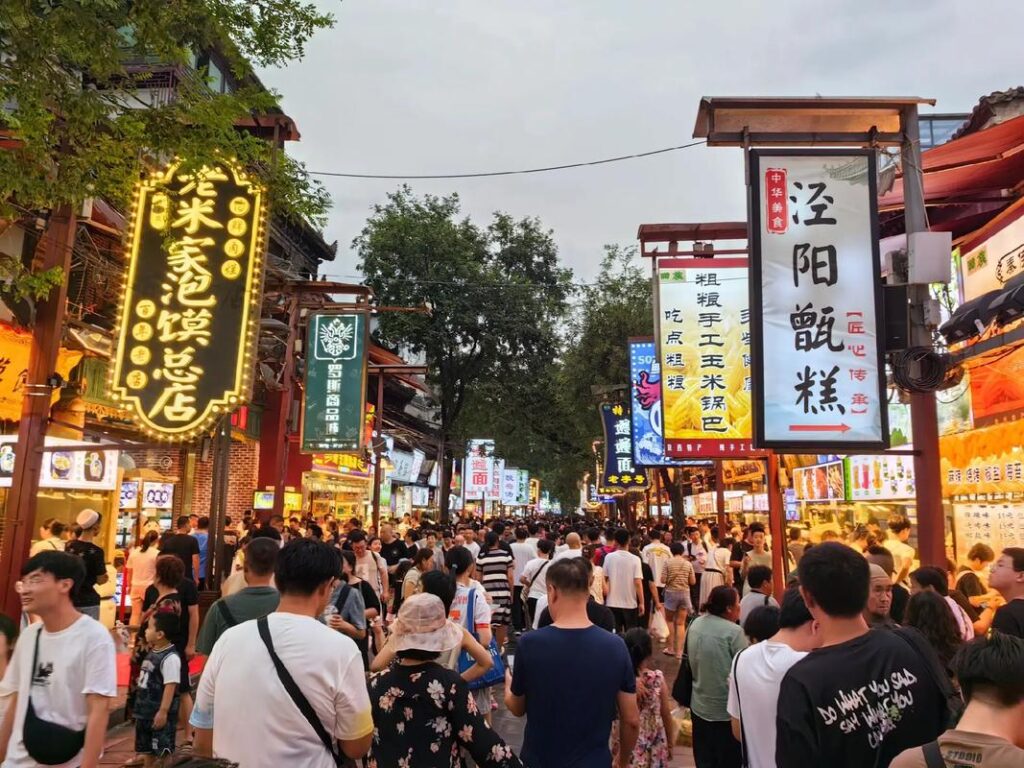
Xi’an is both a museum frozen in time, preserving the majestic epic of ancient battles, and a vibrant, flowing river carrying the warmth and humanity of everyday life. It is also a melting pot that embraces all things, where the essence of ancient and modern, East and West, collide and fuse to create something new. When you stand at the Mausoleum of the First Qin Emperor, feeling the majesty of an empire from two thousand years ago, you can turn around and savor a steaming bowl of flavorful steamed bread at Hui Muslim Street; when you gaze at the Big Wild Goose Pagoda, recalling Xuanzang’s solitary courage, you can touch the pulse of modern art in the creative district the next moment; when you touch the weathered texture of ancient city bricks, you can also gaze at the distant space base pointing toward the future—this marvelous intertwining of time and space and its infinite tension form Xi’an’s unique soul.
So, when someone asks if Xi’an is worth visiting, the answer has already echoed clearly in the winds of history: Come, step into this immortal “time capsule,” and uncover the layers of history with your own hands. Let the weighty whispers of Qin bricks and Han tiles collide with the vibrant pulse of the modern metropolis to stir your soul—Xi’an itself is a great legend worth experiencing firsthand, an Eastern sanctuary forever worthy of visit.


